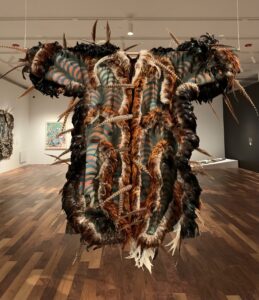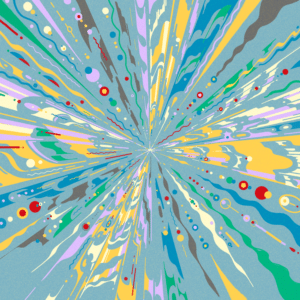Public Religion Research Institute (PRRI) has released a report analyzing the varying impact of the COVID-19 pandemic on different religious communities and subgroups in the United States, revealing how racial disparities also run along religious lines.
The novel coronavirus and the illness it causes, COVID-19, has impacted communities in the United States at vastly different rates and severities. Population density and different state and local government actions to combat the spread have compounded the uneven outcomes. In the absence of federal mandates, state and local governments have implemented and reversed varying degrees of restrictions and shutdowns on public or social activities. One of the key debates is whether to allow religious services and gatherings, to substantially decrease them in size, or to ban them completely. Some religious groups have been outspoken about continuing their usual activities, despite evidence showing that religious gatherings can become ground zero for coronavirus outbreaks. Other religious groups immediately closed their physical doors and moved to online formats, with arrangements for smaller events as conditions allow.
Many factors go into how religious groups have reacted to the pandemic, but part of the story is that not all groups have been impacted in the same way. In the U.S., particular religious groups are clustered in specific regions of the country; some are more likely to serve rural communities while others are rooted in larger cities. Additionally, religious denominations in the U.S. remain highly segregated by race and ethnicity. Research has shown for example how disproportionately COVID-19 has impacted African American and Hispanic communities and certain areas of the country. However, little attention has been paid to the ways these disparities translate to the American religious landscape. The purpose of this report is to fill this gap by estimating exposure rates to COVID-19 for religious subgroups in the U.S.







